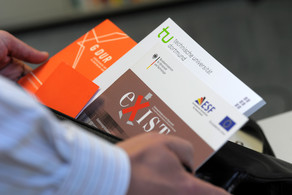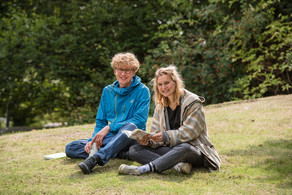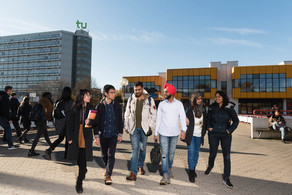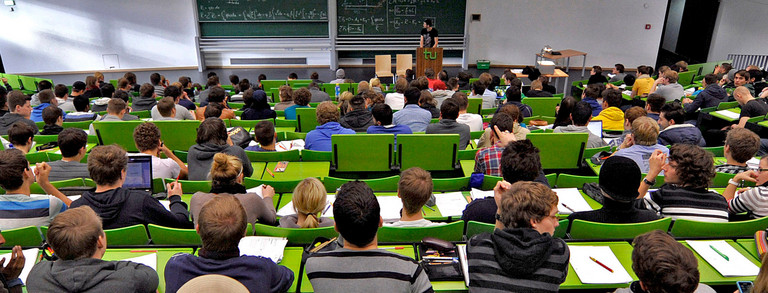Statistics Research Training Group Extended by DFG
- Research Highlights
- Top News
- Research
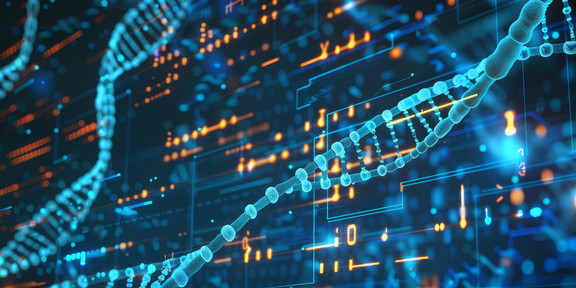
In the frame of the Research Training Group, statisticians from TU Dortmund University, Heinrich Heine University Düsseldorf and the University of Cologne are supervising doctoral students in cooperation with toxicologists from the Leibniz Research Centre for Working Environment and Human Factors (IfADo) at TU Dortmund University and the Leibniz Research Institute for Environmental Medicine (IUF) in Düsseldorf. The funds provided by the German Research Foundation are being used to finance a total of 30 postgraduate positions over the two funding phases. Thanks to its innovative and interdisciplinary profile, the RTG enables doctoral students working in statistics to acquire extensive knowledge of toxicology that they can then use to systematically develop statistical methods for questions related to pharmacological and environmental toxicology.
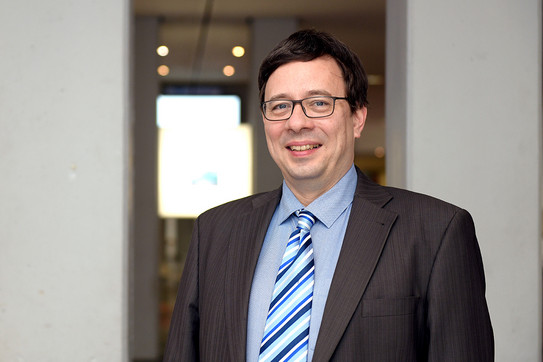
Today, toxicologists are collecting increasingly large volumes of data – above all what are known as omics data, i.e., information about genes, proteins and metabolic products. These data can help us to better understand the impact of chemical substances on the human body. “To date, however, their potential has not been sufficiently leveraged, as the appropriate statistical tools for the reliable analysis of such data, which are highly complex, are often lacking,” says RTG spokesperson Professor Jörg Rahnenführer. “This is the starting point for our research: We in the Research Training Group are developing and applying new methods that make it possible to analyze such datasets more effectively.”
Particularly challenging in this context is the handling of high-dimensional data, where many individual pieces of information have to be factored in at the same time. One example is gene expression data, where the activity of thousands of genes or cells is measured simultaneously. This also includes SNP data, which shed light on genetic variations at millions of positions in the genome. Such data deliver valuable indicators of possible health risks from chemical substances – provided they can be interpreted correctly. Within the group’s individual projects, the doctoral students are working, for example, on ways to calculate more accurately the minimum effective dose of a medical compound or to identify population groups that react particularly sensitively to air pollutants.
Practical experience and science communication
Over the course of their doctoral degrees, the early career researchers in the RTG have the opportunity to gather practical experience in the laboratories of the participating Leibniz institutes or with external industrial partners. As part of the qualification program, they can also further develop their specialist skills in the areas of statistical learning and artificial intelligence as well as gain initial experience in science communication. In a workshop organized in collaboration with the Institute of Journalism at TU Dortmund University, they learn how to communicate their research results to the public in an understandable way.
Contact for queries:


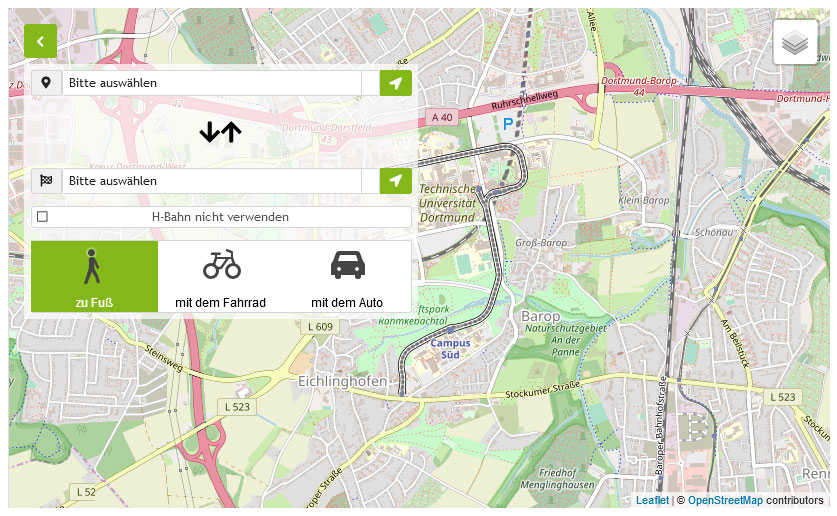
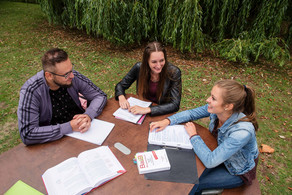
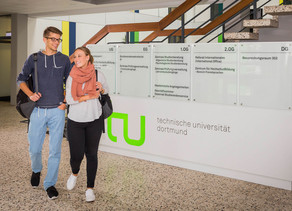
![[Translate to English:] Partner Four hands are holding the green logo of TU Dortmund University](/storages/tu_website/_processed_/1/d/csm_Partner_Nicole_Rechmann_KW_670eba0154.jpg)
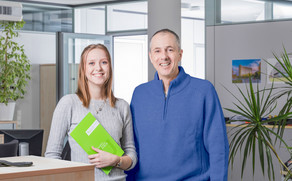
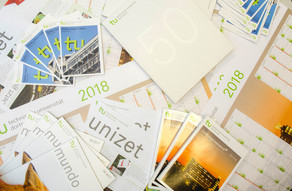

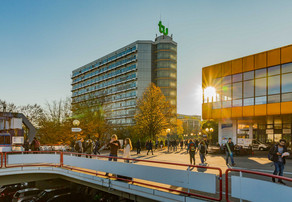
![[Translate to English:] Forschung An apparatus with tubes in a laboratory](/storages/tu_website/_processed_/0/c/csm_Forschung_Juergen_Huhn_4fa3153b51.jpg)
![[Translate to English:] Studium Five students are sitting in a lecture hall. They are talking to each other.](/storages/tu_website/_processed_/c/9/csm_Studium_FelixSchmale_dbdbfb0dd7.jpg)
